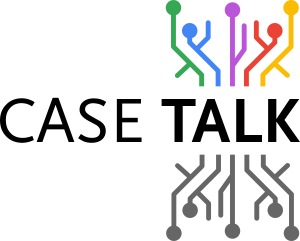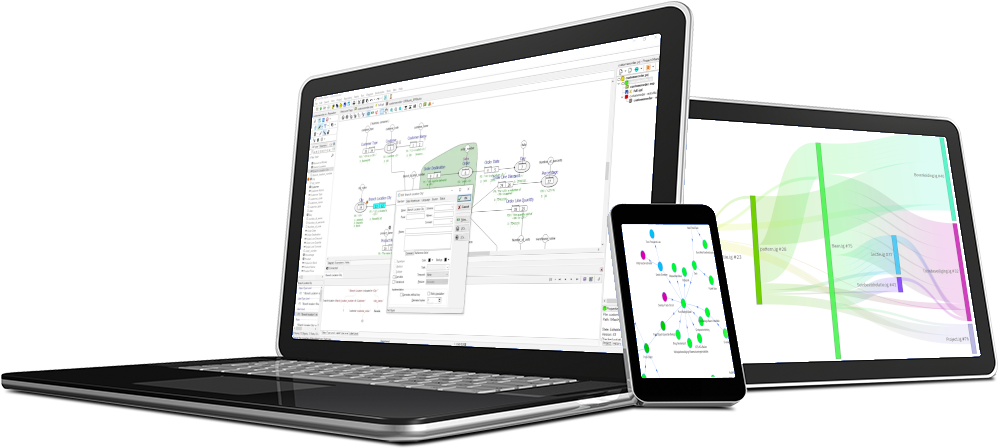Why Grit, Grounded Vision, and FCO-IM Are the Real Game Changers
In the modern push for digital transformation, countless organizations have embraced the rallying cries of "data-driven decision-making" and the "AI revolution." Buzzwords echo in boardrooms. Pilot projects flourish. Consultants profit. Yet, somewhere between the vision decks and the dashboards, the people on the work floor—the ones who keep operations moving—are forgotten. And so is the fundamental truth: sustainable change starts with clarity, communication, and commitment.
The Hidden Cost of Trend-Chasing
Organizations that rush into becoming “data-driven” or rapidly roll out AI implementations without deep reflection often discover:
- Low adoption rates of new systems.
- Disengaged employees who see these efforts as top-down impositions.
- Fragmented information landscapes because each team interprets data differently.
- Technical debt that piles up behind the scenes.
- And worst of all: decision-makers flying blind, misled by dashboards built on misunderstood, inconsistent data.
Behind each of these pain points is a simple reality: meaningful change doesn’t happen without a shared understanding of what the organization means—not just what it measures.
Enter FCO-IM: A Foundation Built on Communication
Fully Communication-Oriented Information Modeling (FCO-IM) doesn't just capture data—it captures meaning. Unlike conventional data modeling approaches, FCO-IM starts with the way people communicate about the domain, ensuring that what is modeled reflects what is actually said and understood.
Key benefits of FCO-IM include:
- Semantic clarity: No more guessing what “Customer Type” or “Service Category” really means.
- Elimination of assumptions: The model is validated through natural language expressions from domain experts.
- Future-proofing: Because the foundation is communication-based, it's easier to extend or adjust over time.
- Alignment across departments: A common understanding builds trust and coherence in cross-functional collaboration.
- Reduction of rework: When the foundations are correct, downstream data products (like BI dashboards or AI models) are more accurate and useful.
FCO-IM also naturally supports the journey toward centralized and structured information management. But let’s be clear: it requires effort. And courage.
The Unsexy Truth: Manual Work, Patience, and Education
Grit matters. Implementing FCO-IM or any effective central information strategy is not a quick-win project designed to make CVs sparkle. It’s a deliberate, human-centered approach that:
- Demands hands-on conversations with domain experts.
- Requires training across teams, staff need to grasp the value of proper modeling while not getting trapped in technology.
- Relies on executive sponsorship that sees beyond quarterly results.
Organizations that thrive in the long term are the ones that recognize this. They invest in building internal modeling competence, foster a culture of interdisciplinary understanding, and value truth over trend.
A Path Forward: Education, Leadership, and Commitment
To build a resilient, coherent information foundation:
- Educate leaders and managers on the limits of being "data-driven" without being meaning-aware.
- Train modeling professionals and domain experts in FCO-IM so they can co-create models grounded in real communication.
- Set long-term goals that value understanding, adoption, and precision over speed and hype.
- Align modeling efforts with frontline realities, so that information systems actually support—rather than abstract—the work people do.
- Reward perseverance. Cultural change doesn't come from tech—it comes from people who believe in better ways of working and stick with them.
In Closing:
Hype fades. Dashboards get redesigned. AI models are retrained. But the meaning that drives your organization—how people understand and talk about their world—should remain rock-solid. FCO-IM offers a powerful yet humble path forward. It reminds us that transformation is not only technical, but deeply human. And if we want real change, we must be ready to listen, to model, and to walk the long road—together.


